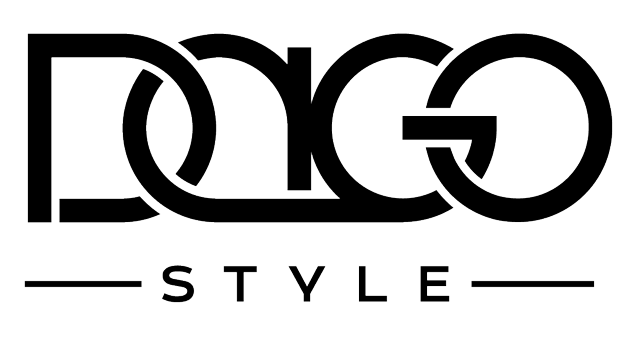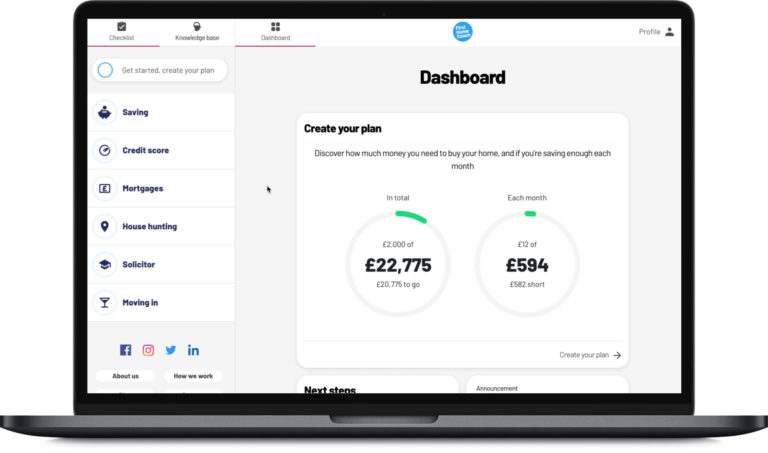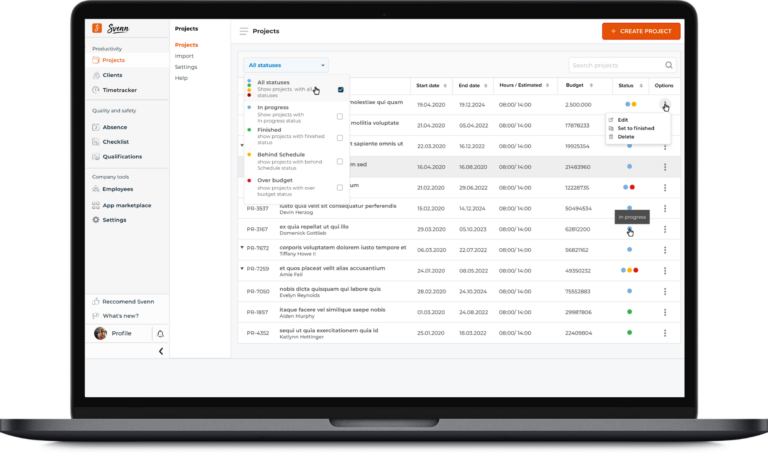Dago Style is a Ukrainian footwear manufacturer that produces more than a hundred models of footwear both for the domestic market and for export.
- Location: Ukraine
- Industry: Manufacturing
- www.dagostyle.com.ua

Despite the use of modern equipment for production, reporting, and accounting at the manufacturing was carried out with a pen and paper. At the end of the shift, each shop worker brought the manager a piece of paper indicating the number of products he had made per shift. Later, the manager entered this data into an Excel spreadsheet. Tasks for workers were also set orally or on paper.
Thus the management of the enterprise could not see the big picture of which tasks are done and which are still in progress. The manager of each shop had to spend almost a full working day each week to create a report on the work done during the week.
It was also difficult to track the number of defects in the production of a product. The lack of quality monitoring at each stage of production allowed employees to attribute to themselves a larger number of manufactured products and hence higher earnings.
Given a large number of user types, interfaces, and rather complex business processes, our team was asked to conduct a Discovery phase. During this phase, we developed a clickable prototype and described the general requirements for the system.
During the collection of requirements, we realized how different the vision of the future system was for different stakeholders.
Therefore, to reduce risks and additional costs, we proposed to develop a working prototype of the system using a low-code platform. Appsheet made it possible to develop the solution 5-6 times faster and 10 times cheaper. Any changes were also significantly cheaper compared to software development from scratch.
We had a working prototype in 3 weeks. It completely covered all stages of production and had 7 interfaces for different user roles.
This prototype was implemented in test mode on one production line out of five. Over the next month, the client received more than 30 changes to the functionality, among which were those that radically changed the principle of the system.
Implemented features
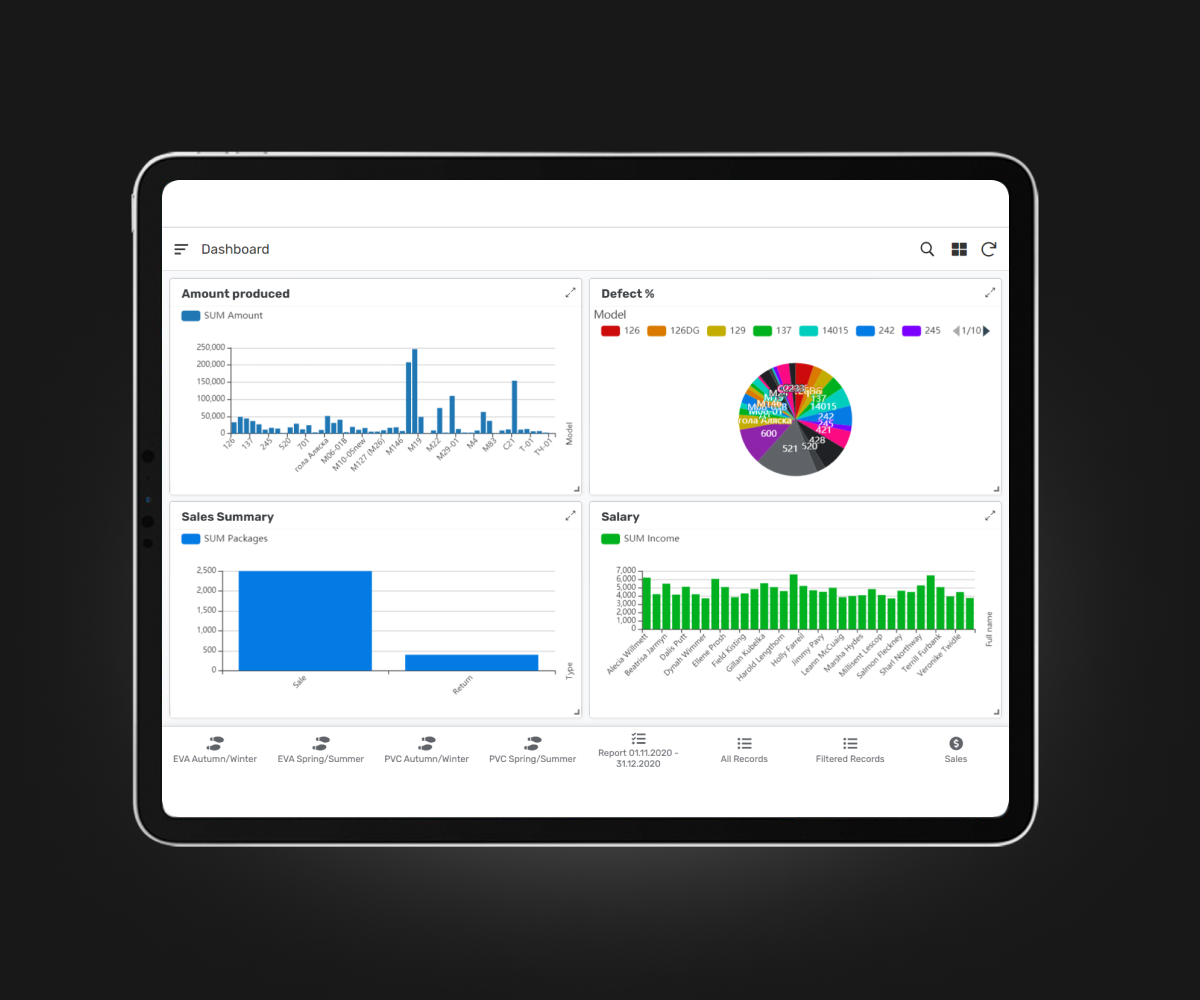
Enterprise director interface
This interface displays the general report of an enterprise such as the number of ready models in a warehouse and current tasks in shops.
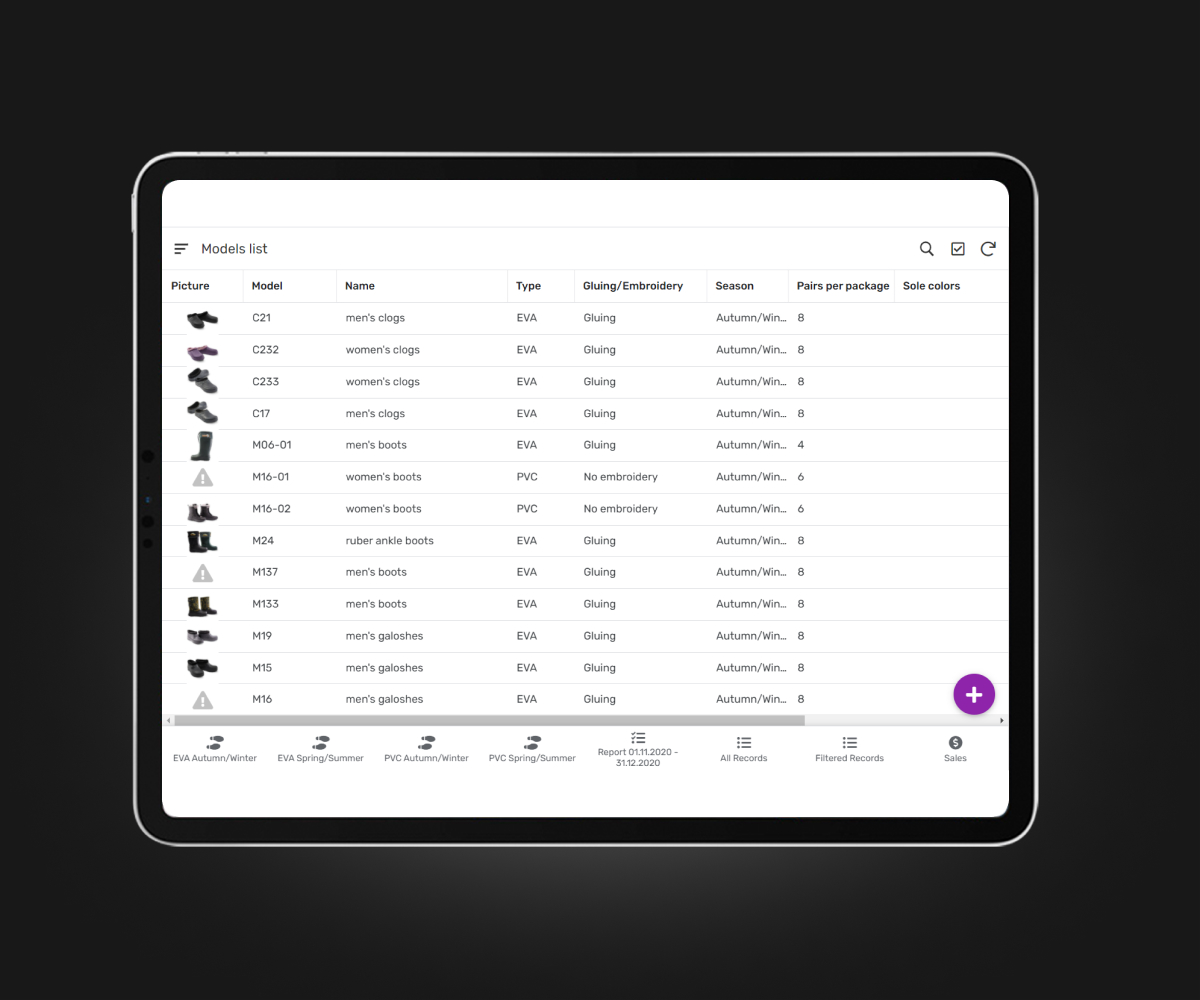
Admin interface
In this interface, the Admin can add shoe models and their modifications, manage system users and their access to different parts of the system, see current tasks in each shop and machine, see the number of models, the number of defects and receive notifications if the production process deviates from norms.

Shop master interface
Here each Master can see the current tasks on each machine of his shop, set new tasks, give them a priority, pause them. It also displays a report on manufactured products for each employee of the shop for a certain period of time.
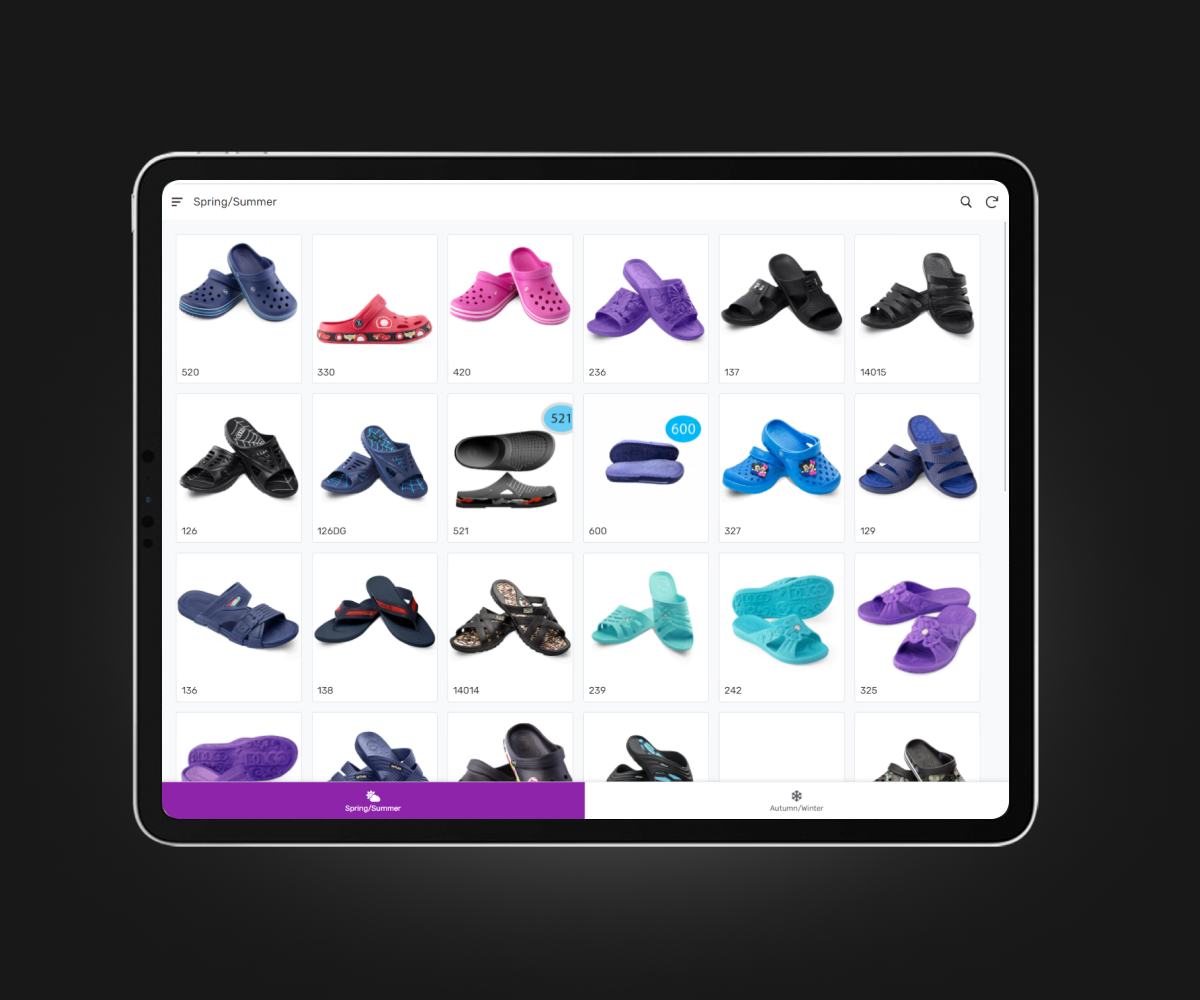
Shop worker interface
In this interface, the worker can see the current tasks on his specific machine and can report the number of manufactured products.

Sales manager interface
With a help of this interface, the sales manager can see up-to-date information about the availability of the particular products in a warehouse. At the same time sales manager sees what products are in production so that he/she can accept purchase orders from the customers upfront.
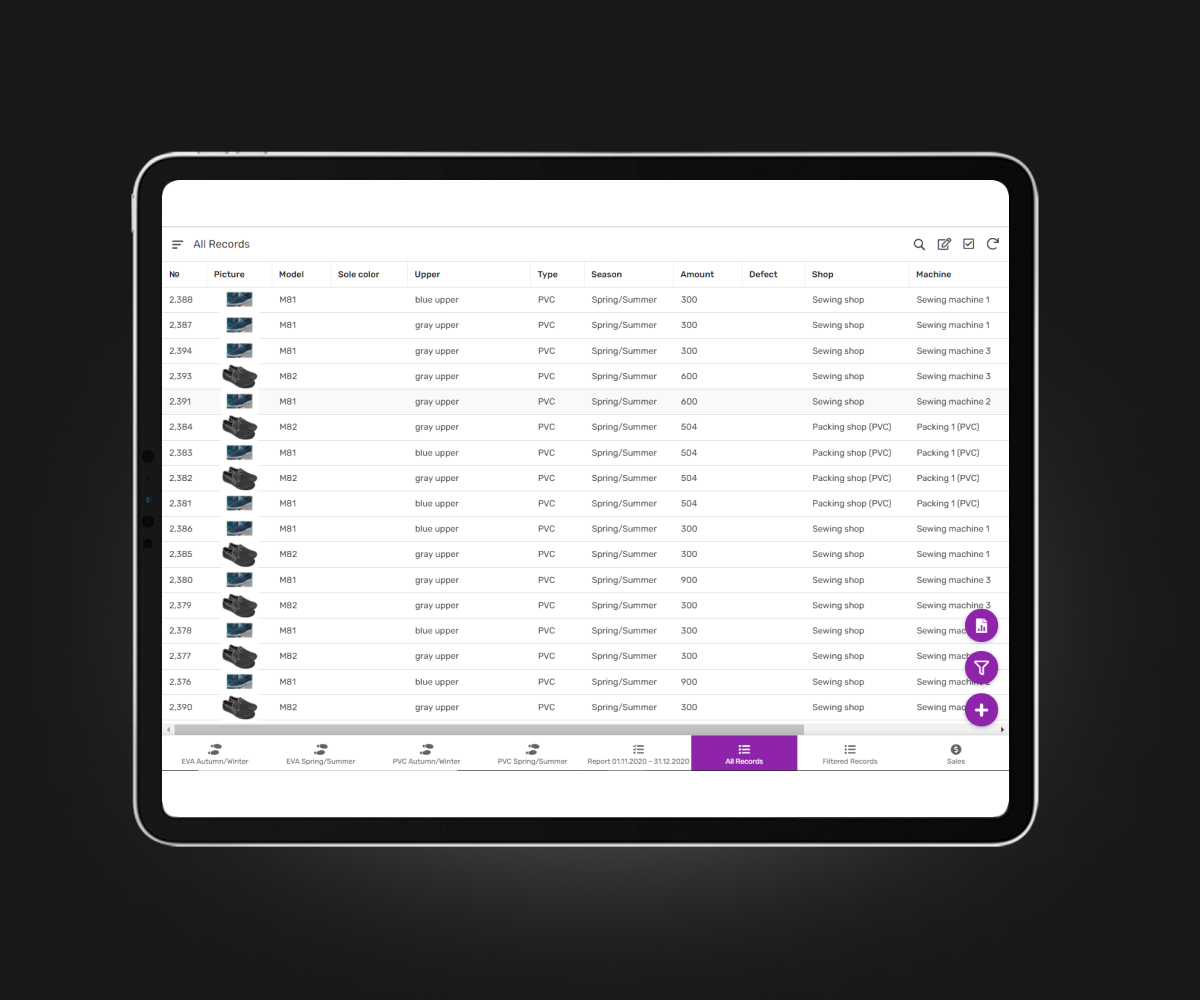
Warehouse manager interface
Warehouse manager interface In this interface, the warehouse manager can report the number of sold/shipped products.
After the system was implemented, first of all, the time indicators for collecting and analyzing information were improved.
The number of false inputs was reduced and as a consequence, the number of errors in product accounting was decreased.
As a side benefit, application affected on standardization of names of different product types. Earlier the same types of products could have various names at different stages of manufacturing. The same situation was observed with other specific product characteristics, which significantly increased the accounting time. But this has changed.
The application allows reviewing the current state of production from any device at any time.
Manufacturing is seasonal, which means that in the winter factory produces products for the summer and vice versa, so at the end of the season, there are balances on unfinished models in the warehouse. Now before the start of the new season, there is no need to make a time-consuming audit of all products since all the information is in the database.
And one more benefit of system implementation is the visibility of bottlenecks. Management can see where there is downtime and react to them instantly.
Do you know that we helped 200+ companies build web/mobile apps and scale dev teams?
Let's talk about your engineering needs.
Write to us